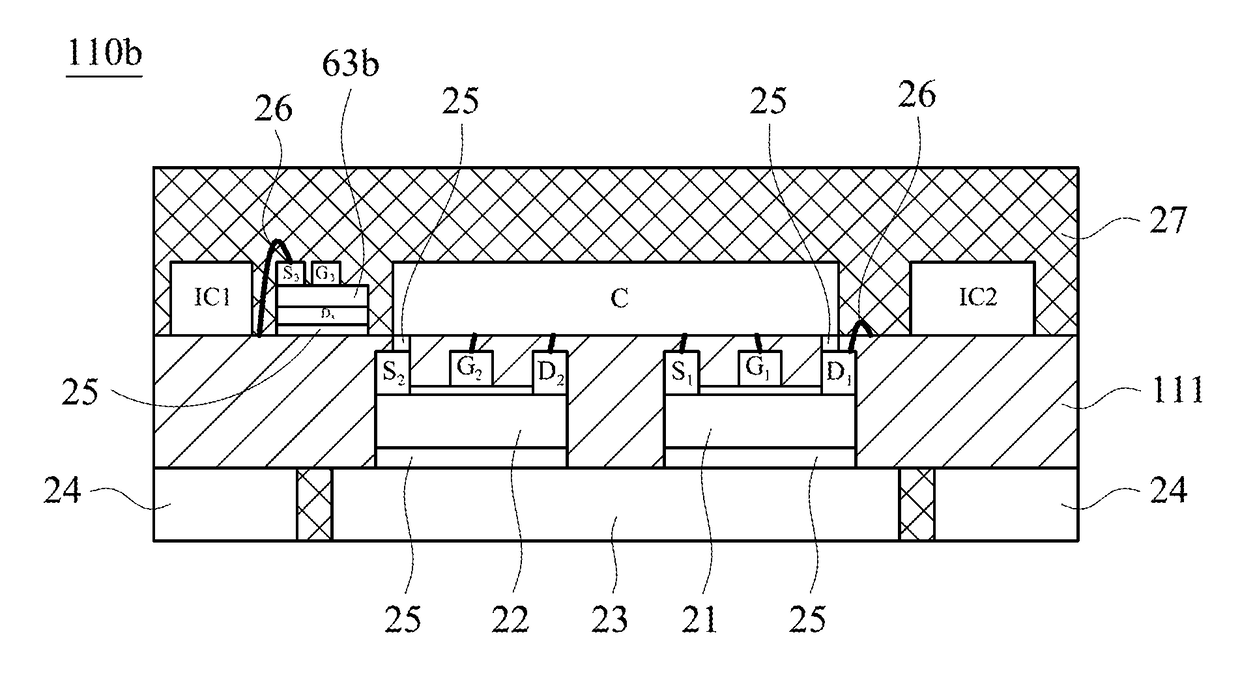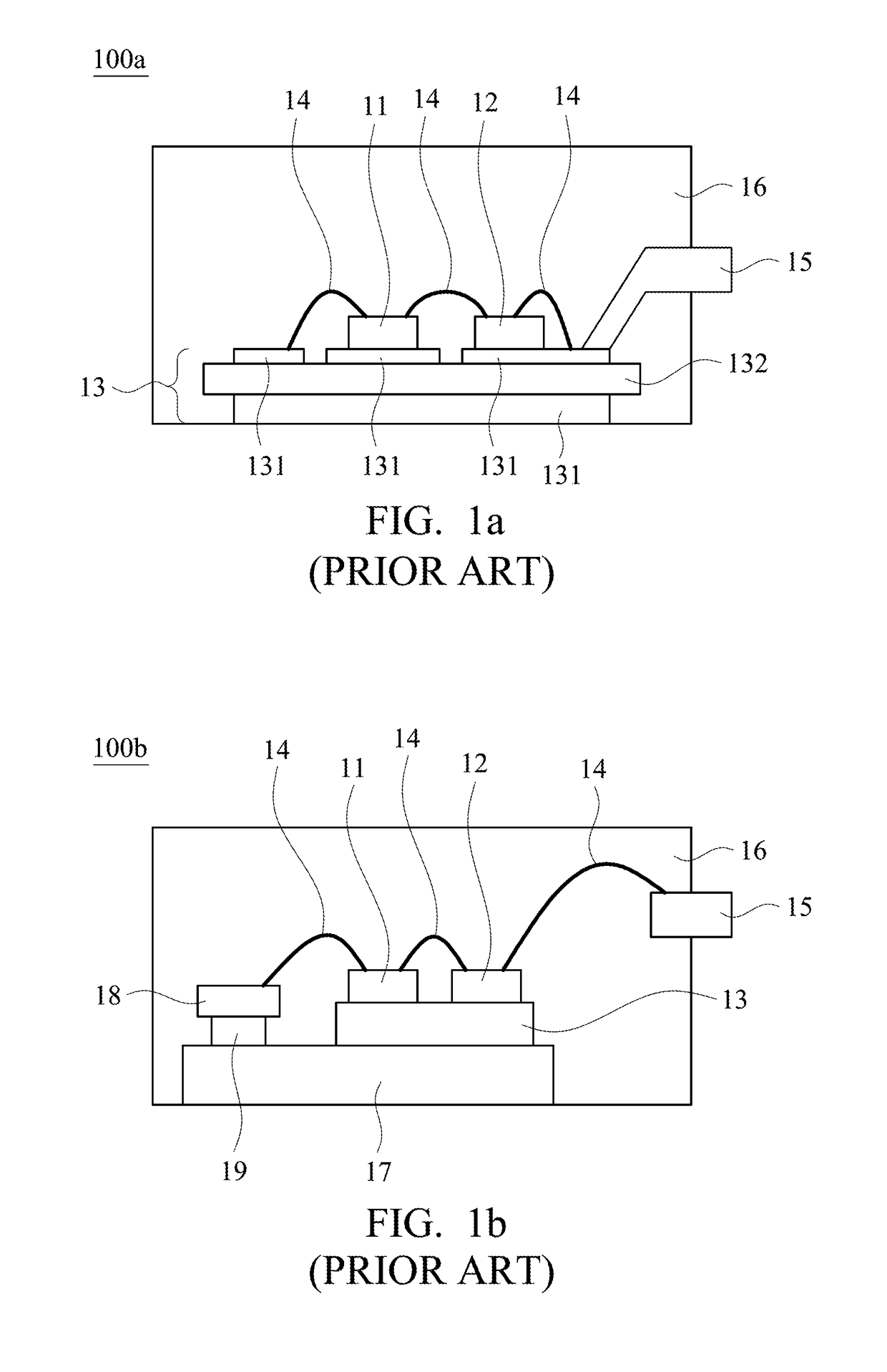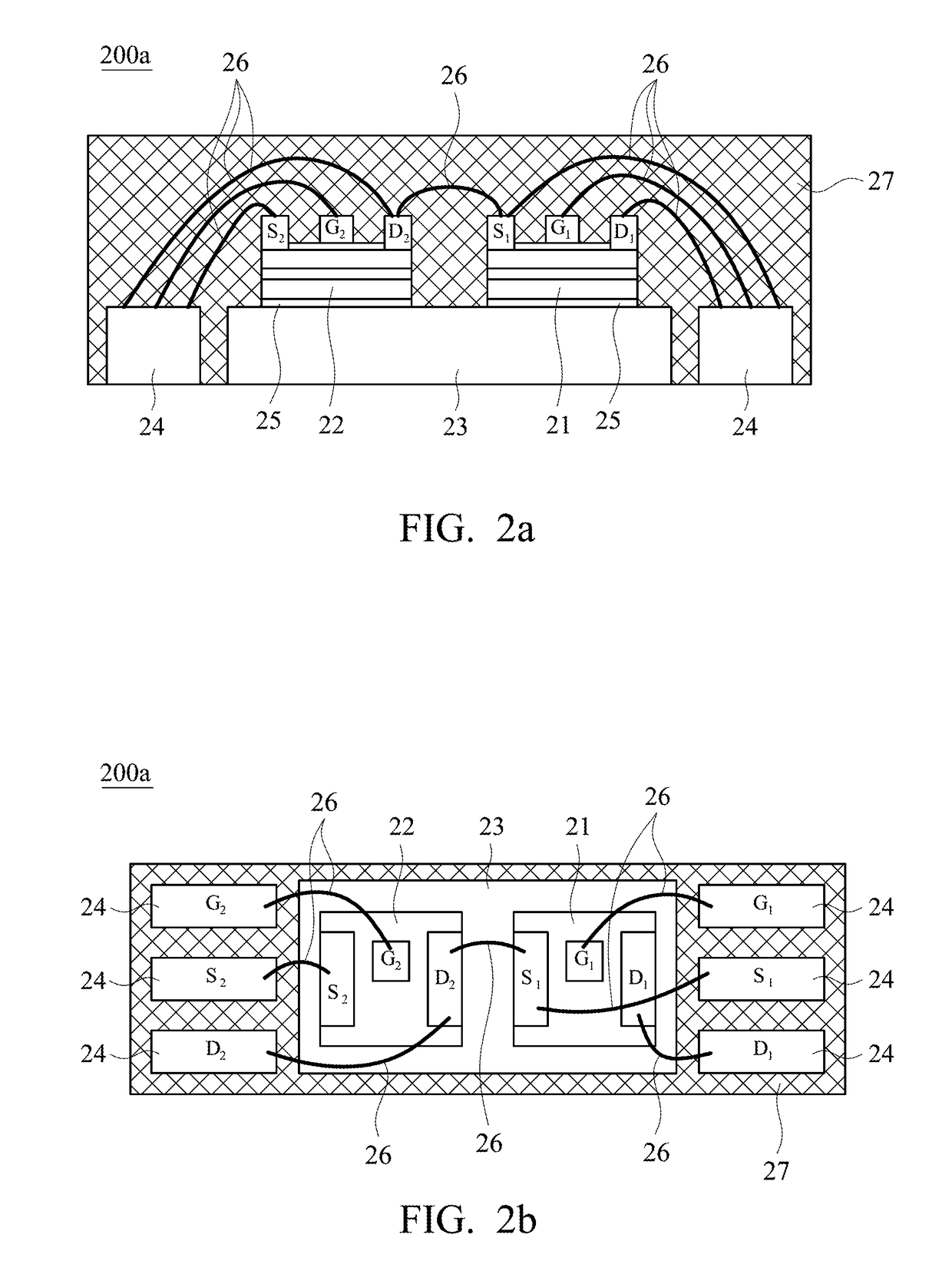Power module, power converter and manufacturing method of power module
a manufacturing method and power converter technology, applied in the field of power modules, can solve the problems of high switch loss, unavoidable use of additional materials by semiconductor devices, and energy consumption of power converters mainly composed of on-state loss and switch loss, and achieve the effect of increasing space availability, saving the cost of additionally a dbc ceramic substrate, and increasing space availability
- Summary
- Abstract
- Description
- Claims
- Application Information
AI Technical Summary
Benefits of technology
Problems solved by technology
Method used
Image
Examples
Embodiment Construction
[0063]Specific embodiments of the present invention are further described in detail below with reference to the accompanying drawings, however, the embodiments described are not intended to limit the present invention and it is not intended for the description of operation to limit the order of implementation. Moreover, any device with equivalent functions that is produced from a structure formed by a recombination of elements shall fall within the scope of the present invention. Additionally, the drawings are only illustrative and are not drawn to actual size.
[0064]Referring to FIG. 2a and FIG. 2b, FIG. 2a is a schematic cross-sectional view showing a power module 200a according to an embodiment of the present invention, and FIG. 2b is a schematic top view showing a power module 200a according to FIG. 2a. As shown in FIG. 2a and FIG. 2b, the power module 200a includes at least one first planar power device 21, at least one second planar power device 22, a heat-dissipating substrate...
PUM
| Property | Measurement | Unit |
|---|---|---|
| frequency | aaaaa | aaaaa |
| diameter | aaaaa | aaaaa |
| diameter | aaaaa | aaaaa |
Abstract
Description
Claims
Application Information
 Login to View More
Login to View More - R&D
- Intellectual Property
- Life Sciences
- Materials
- Tech Scout
- Unparalleled Data Quality
- Higher Quality Content
- 60% Fewer Hallucinations
Browse by: Latest US Patents, China's latest patents, Technical Efficacy Thesaurus, Application Domain, Technology Topic, Popular Technical Reports.
© 2025 PatSnap. All rights reserved.Legal|Privacy policy|Modern Slavery Act Transparency Statement|Sitemap|About US| Contact US: help@patsnap.com



